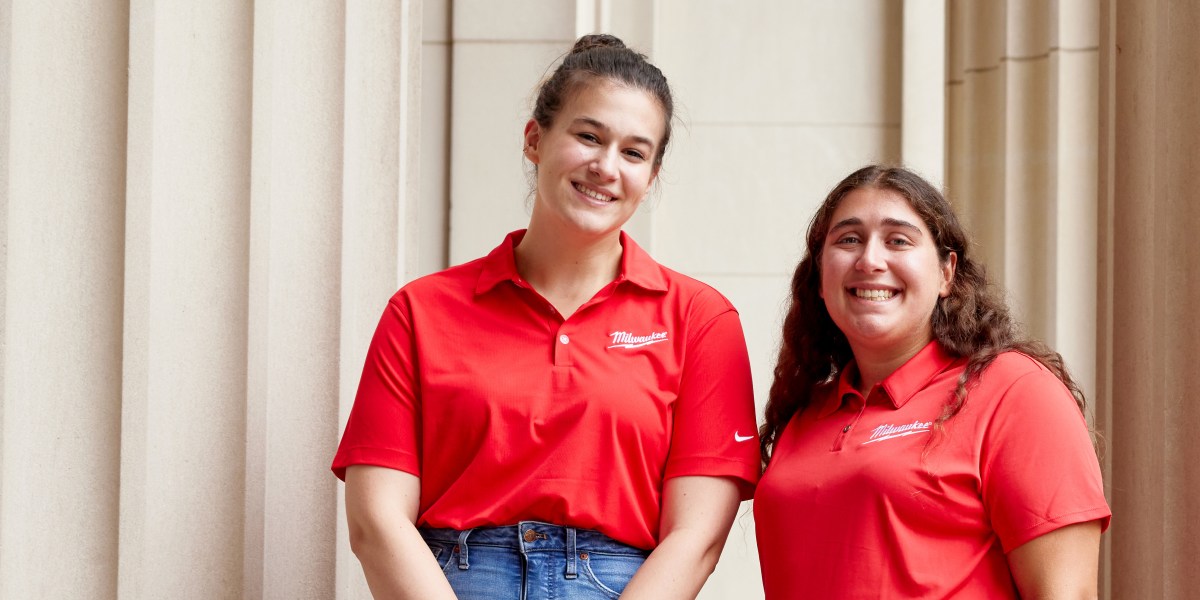
That passion brought Phillips to MIT, where she discovered product design, and from there to a job as a designer for the nation’s largest supplier of cordless power tools, Milwaukee Tool.
Her time at the Wisconsin-based company started through a monthlong internship during her junior-year Independent Activities Period (IAP) as part of MIT’s Micro-Internship Program, where she was able to gain valuable experience working directly with and for MIT alumni.
“I worked in the advanced engineering group, and I worked on developing an accessory for an electrical trade tool that was focused on, as our products tend to be, improving the efficiency of a common task repeated throughout the day for electricians,” explains Phillips, who earned her undergraduate degree in Course 2-A—a customizable track in mechanical engineering that allowed her to take a deep dive into product design.
The best part of the January 2020 micro-internship, she says, is that she came away with a prototype in hand: “The process of creating the prototype started with putting myself in the users’ shoes, experiencing what they are currently doing on the jobsite and what the pain points of that process are.”
“I just love the feeling I get when I hold something I designed or made in my hands for the first time. It’s a big part of the reason I became an engineer.”
Rosalie Phillips ’21
Once Phillips understood what success would look like, she began brainstorming about how to get there. “After I had my best concept selected, I began to iterate and problem-solve,” she says. “Milwaukee has great onsite rapid prototyping resources, and I was able to design a concept and have a high-fidelity 3D print in hand a day or two later to test everything from access to ergonomics to fit. It was an amazing hands-on experience surrounded by all the resources to prototype you could ask for—definitely an engineer’s playground.”
The success of the IAP internship motivated Phillips to sign on for a full internship at Milwaukee Tool in the summer of 2020, when she got to work on a prototype for a carpentry power tool. That was closely followed by a full-time job offer. She started in September 2021. One thing that drew her to the company was the structure of product design cycle, and the fact that each person owned a project rather than contributing to multiple larger projects.
“I just love the feeling I get when I hold something I designed or made in my hands for the first time. It’s a big part of the reason I became an engineer,” says Phillips. “I feel amazed I was able to bring something from my brain into the world, excited to test it out, curious if it will break, and already ready to make the next one.”
The alumni advantage
The notion of an IAP internship is not new. The MIT Alumni Association started the MIT Student/Alumni Externship Program in 1997 as a way for alumni to host student interns during the January term. It was renamed the Micro-Internship Program upon being revamped after transitioning to MIT Career Advising and Professional Development (CAPD) in 2020. The program still encourages MIT alumni to host undergraduate and graduate students at their companies, although students now also have the opportunity to apply for positions not hosted by alumni.
